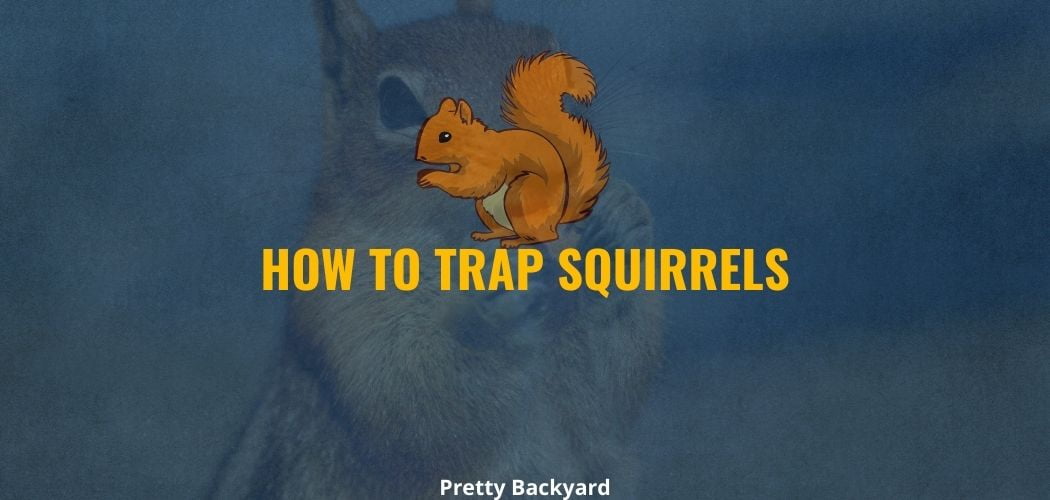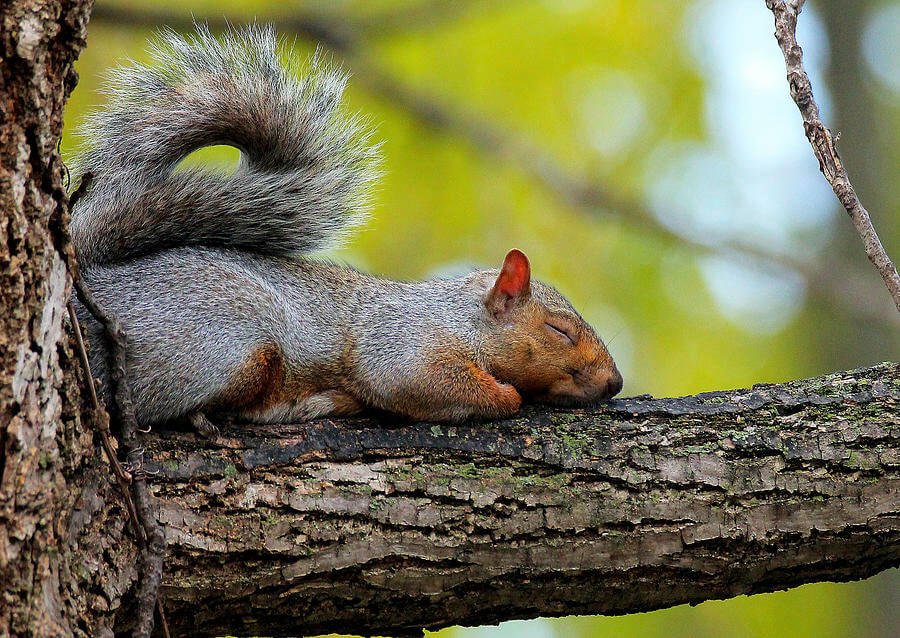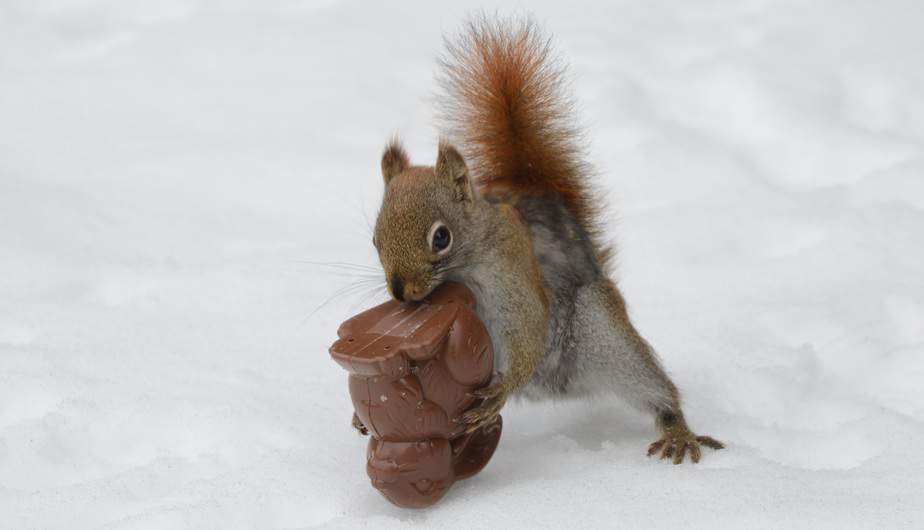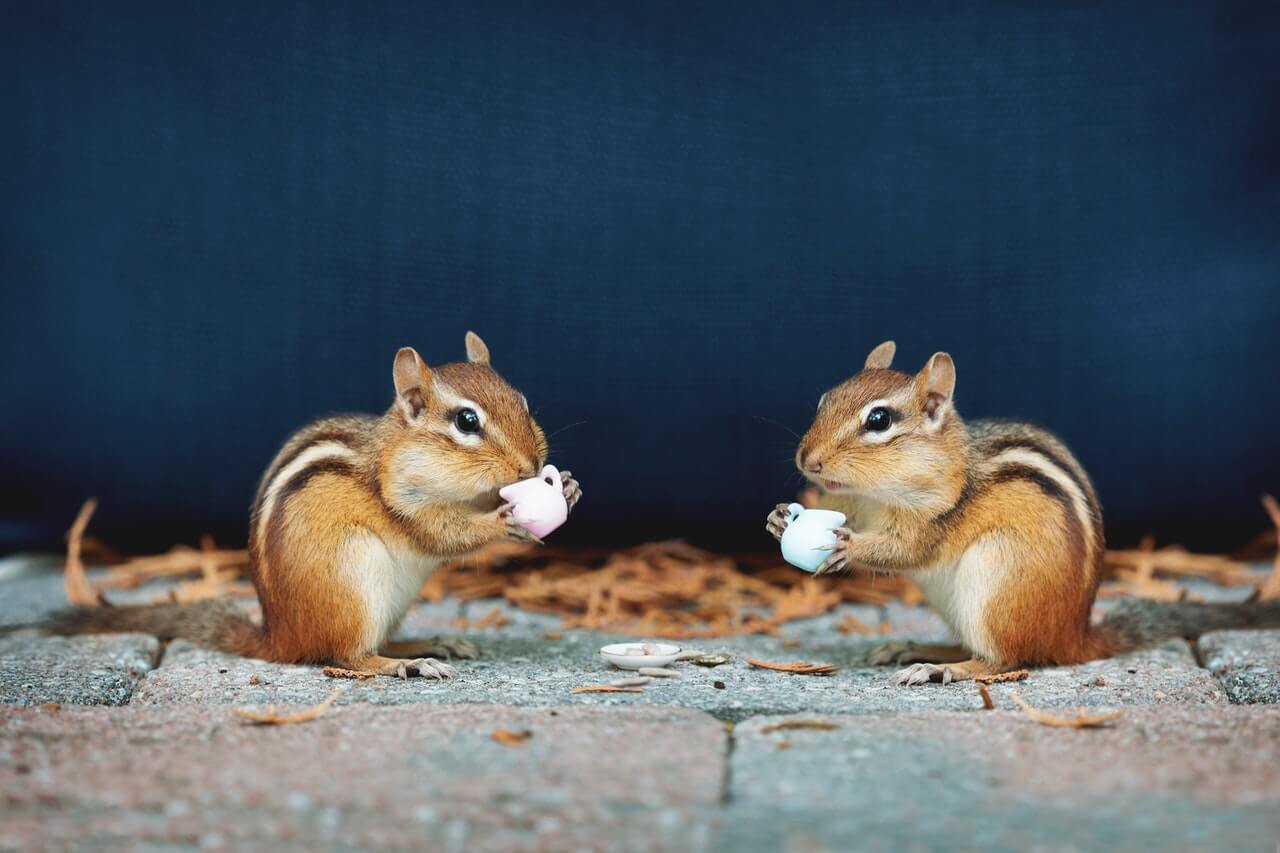QUICK SUMMARY: The cost for koi fish can range from $20 each or even $10,000 depending on a lot of factors like skin, size, body shape, and even how the fish moves in the water.
Koi may look like an oversized goldfish but they are actually not even related. Koi are a type of carp and are one of the most expensive pet fish in the world.
You can buy some small and cheap koi fish for a couple of bucks but it can get up really high to thousand to ten thousand dollars.
The most expensive koi fish was sold for $1.8 million. Her name is S-Legend and she is bred by Sakai Fish Farm and handled by Iki Taiwan.
It was an enchanting 9-year-old fish with bright red and orange splotches over a flawless white bodice. This female fish was so beautiful that Japanese artists decided to put her in a beautiful illustration.
How much do koi fish cost?
The good thing is that not every koi costs a million dollars. In fact, you can already get a decent one for $20 from a reputable pet store. Here’s a price chart that you can refer to:
| Shop | Source | Price ($) | Koi Type & Features |
|---|---|---|---|
| Petco | US fish farms | 10–17 | Domestic Grade-A |
| Liveaquaria | Standard quality East Asian farms | 8–20 | 2–5 inches, imported Grade-A |
| NextDayKoi | Israel | 35–650 | Large butterfly koi |
| Kloubec Koi Farm | Advanced Koi quarantine facilities (US) | 350–2,500 | Large to extra-large koi with rare patterns |
| Kodama Koi Farm | Japan-based facilities | Bids up to 16,000 | Grade-AAA koi, large to jumbo-sized koi with breeding certification |
| Sakai Fish Farm | Japan | Bids up to 200,000 | Grade-AAA koi, large to jumbo sized; Grande Champion contenders |
Why are Koi so expensive?
S-Legend won grand champion at the All Japan Koi Show in 2017 and was sold for 1.8 million dollars. Judges and buyers pay attention to how healthy their skin looks, the size and body shape, and how gracefully the fish moves in the water.
Bloodlines
Japanese take koi breeding seriously just like how Americans breed their dogs for their specific traits. And similar to a prized dog breed, Japanese breed koi for their specific traits, except koi breeders ignore…fluffiness
But most of the expensive ones often just boil down to one of the “Big Three” varieties of Koi: Kōhaku, Sanke, and Showa.
Colors and patterns
The most important trait of all is the koi’s coloring. The best koi have a good balance of colors and patterns.
Koi have six types of extraordinary color cells in their skin. There are koi with light blue spots, others with large red patches on their back or all-metallic gold. Others are white or even black.
In order to get that enchanting reddish-orange pattern like S-Legend, you need to select koi that have a white body and lots of red that concentrate in large patches.
Red and white are important colors in Japanese culture representing joy and purity.
But having the right color is only a part of it. A koi’s color cells sit at different depths in the skin, some right near the surface and some deeper in, which ultimately determines how bright the fish appears.
The brighter the fish, the bigger the price tag.
Successful breeding
Today, there are about 120 varieties of koi fish. To compare, there are about 200 breeds of dogs. But when it comes down to it, breeding koi is a lot harder.
A single koi can give birth to hundreds of thousands of baby fish at a time. Literally about millions of fish per breeder. So breeders must choose wisely.
One breeder for example reports that he started with 3 million fish and selects 15,000 to raise over the first year. From that, he chooses 1,000 to continue to raise in the second year. So, yes, it’s a really hard job for the breeders.
But in the end, all that hard work is worth it. The breeder who won the grand champion waited for nine years before she sold S-Legend at the auction.
The breeder not got only a huge return on investment but a priceless reputation boost in the koi community.



